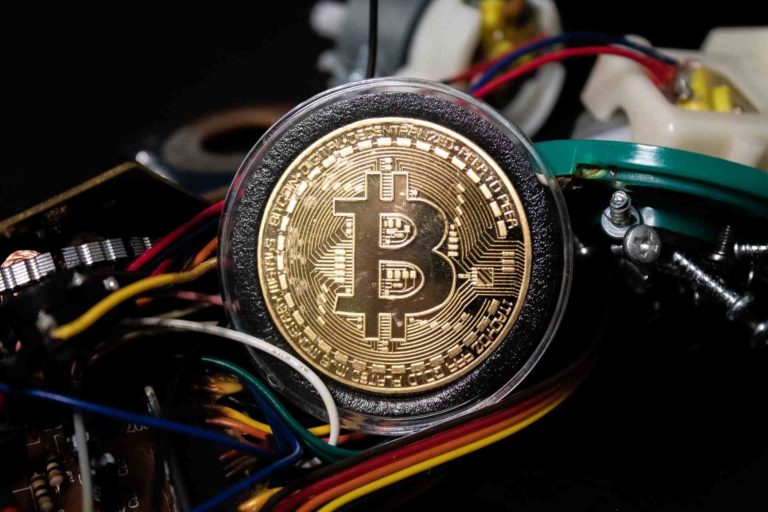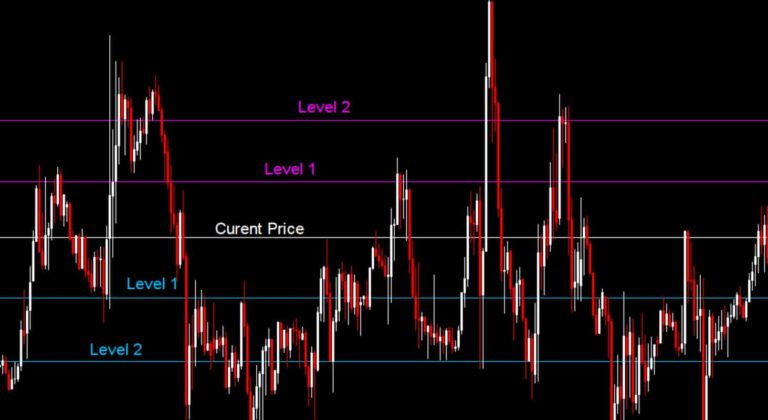9 Best most eco-friendly cryptocurrencies

Bitcoin mining has developed into a huge industry over the years and it consumes lots of processing power. What you could run on simple PCs in 2009 now takes a server farm to handle, and the mining difficulty is increasing
Single Bitcoin-mining farms now consume hundreds of Megawatts of power and the easiest way to stay profitable is usually with less clean energy sources.
Bitcoin dived recently, as Elon Musk announced that Tesla will stop accepting the crypto-coin for environmental reasons.
So, if you are an Eco-friendly individual with an interest in crypto assets, then here is a list of the most environmentally friendly coins to consider.
Most Eco-Friendly Crypto Coins
| Coin | Symbol | Website |
|---|---|---|
| BitGreen | BITG | bitg.org |
| SolarCoin | SLR | solarcoin.org |
| Cardano | ADA | cardano.org |
| Chia | XCH | chia.net |
| Hedera Hashgraph | HBAR | hedera.com |
| Ripple | XRP | ripple.com |
| BurstCoin | BURST | burst-coin.org |
| Stellar Lumens | XLM | stellar.org |
| Nano | NANO | nano.org |
1. BitGreen
BitGreen is both a currency and a community of green-minded individuals. If you are a friend of the earth and looking for opportunities to reduce your carbon footprint, then BitGreen might be for you.
The platform lets you become an agent of change by discovering and acting on impact opportunities, such as volunteering, recycling, composting, or using a local bike-sharing program.
BitGreen rewards you for taking part in these environmentally friendly activities. And it also gives you the opportunity of spending your earned BITGs in only green businesses.
The BitGreen cryptocurrency runs on the BitGreen blockchain and it uses an energy-saving proof-of-stake protocol. You are free to mine it for rewards as well and without using specialized hardware. You can also host master nodes to help improve the network’s decentralization.
Highlights: Green community, impact opportunities
Price: $0.6855 as at May 2021
Website: bitg.org
2. SolarCoin
SolarCoin is an initiative designed to encourage renewable production. It is supported by the SolarCoin Foundation, which issues 1 SolarCoin (SLR) for 1 MWh of verified solar power production.
So, all one has to do to gain SolarCoins is to own a solar power installation, then register it with a recognized monitor. This monitor will then send the production data to the SolarCoin Foundations, which in turn will issue 1 coin for each 1 MWh of power produced.
It is a great initiative that tries to hasten the energy transition into a solar-powered planet. But you should note that 1 MWh is not easy to generate, as it is the average U.S. household power consumption for 1 or 2 months.
A SolarCoin currently costs $0.004329 and it represents an equivalent offset of 680 kilograms of carbon dioxide.
Highlights: Rewards solar production
Price: $0.004329 as at May 2021
Website: solarcoin.org
3. Cardano
Cardano is a blockchain system that uses the proof-of-stake protocol as opposed to Bitcoin’s and Ethereum’s proof-of-work protocols.
The result is a highly energy-efficient network that has been estimated to use less than 0.01% of the energy used in Bitcoin mining. The Cardano network is estimated to use 6 GWh of electricity annually as opposed to Bitcoin’s 110 TWh annual consumption.
Cardano is the blockchain platform, while its associated currency is ADA. It currently exchanges for $1.941 and can handle up to a million transactions per second, which also trumps Bitcoin’s current 7 TPS.
The system was founded in 2015 by Charles Hoskinson, who was a co-founder of Ethereum. It seems to have a bright future ahead of it, with a current market capitalization of $61 billion.
Highlights: Energy efficient
Price: $1.941 as at May 2021
Website: cardano.org
4. Chia
There is proof-of-work and proof-of-stake, but Chia takes a different route by using the proof-of-space-and-time protocol.
This means that you don’t use computing power to mine Chia. Rather you allocate large numbers of empty hard disks to the system, which then awards blocks based on available space.
Although this means much less energy consumption for mining the cryptocurrency, many still point out that it significantly reduces the lifespan of hard-disks. And this makes it hardware intensive, which are based on natural resources.
Chia is the creation of Bram Cohen, the inventor of the BitTorrent protocol and it currently exchanges for $1.607.
Highlights: Interesting new protocol
Price: $1.607 as at May 2021
Website: chia.net
5. Hedera Hashgragh
Hedera stands out from other cryptocurrencies in many ways. First, it does not rely on blockchain technology, using instead a distributed ledger system known as Hashgraph.
Second, its technology is patented, as opposed to the often open-source nature of most crypto coins. And it is heavily backed by corporations, making it an anti-blockchain coin, sort of.
In its defense though, it can process tens of thousands of transactions per second with ease and low cost, thanks to the Hashgraph consensus of its proof-of-stake network.
On the downside, the Hashgraph system does not use miners. And this means lots of energy savings. It currently trades at $0.3101 with a $2.5 billion market capitalization
Highlights: Very fast and low-cost transactions
Price: $0.3101 as at May 2021
Website: hedera.com
6. Ripple
If you are developing an app with cross-border payment features, then Ripple is worth a look. It offers a network for seamless cross-border transactions with confirmation in as little as 3 seconds.
Ripple is both the cryptocurrency and the digital payment network, which acts more like an inter-bank settlement network.
The system is blockchain-based, but it uses a permissioned consensus mechanism to confirm transactions. This practically makes it a private blockchain network for banks, with no need for mining and extremely low transaction costs.
Ripple is also one of the largest cryptocurrencies by market capitalization at over $135 billion. It currently exchanges for $1.35 per XRP.
Highlights: Great for fintech developers
Price: $1.35 as at May 2021
Website: ripple.com
7. BurstCoin
Based on the proof-of-capacity protocol, Burstcoin is another green effort to do away with the energy-intensive mining practices of other cryptocurrencies like Bitcoin.
It operates on a blockchain just like Bitcoin, but it uses the miner’s available disk space to mine the currency. This means very little use of power, making it more decentralized because its mining requirements are low and easy. So easy that Android phones can do it.
The platform also supports smart contracts and anonymity, but is not doing so well lately. Burst is currently exchanged at $0.01974 and has a live market capitalization of just $41 million. It suffered a significant price decline in 2019.
Highlights: Highly energy efficient
Price: $0.01974 as at May 2021
Website: burst-coin.org
8. Stellar Lumens
Founded in 2014, Stellar is an open-source and decentralized blockchain that uses a Federated Byzantine Agreement consensus protocol and Lumens is its native currency.
It focuses on making it easier for fintech developers to conduct cross-border transactions with ease and at a very low cost, which currently lies at 0.00001 Lumens.
The currency finds heavy use and has a current market capitalization of $70 billion. You can also exchange it for $0.66899.
You cannot mine Lumens, however. But this lack-of-mining design gives the Stellar Consensus Protocol fast transaction confirmation speeds of 3 to 5 seconds.
Highlights: Open-source cross-border transfers
Price: $0.66899 as at May 2021
Website: stellar.org
9. Nano
The Nano currency also does away with energy-intensive mining and even uses an entirely different blockchain architecture, where every account has a blockchain.
Each of the blocks on a Nano blockchain contains just one transaction and the account’s current balance. The platform uses the Open Representative Voting protocol for consensus, which is absically a slightly modified proof-of-stake system.
Nano charges no fees for transactions and those who host the distributed ledgers also do not do it for the money. This community setup leads to a more decentralized and stable network.
This system was originally called RailBlocks until 2018 when it got renamed Nano. Its trading symbol is NANO and it currently exchanges for $11.35.
Highlights: No transaction fees
Price: $11.35 as at May 2021
Website: nano.org
Conclusion
Coming to the end of this list of the top environmentally friendly cryptocurrencies, you can see that there are lots of options for green investors out there.
Still, each coin has its unique features and advantages that set it apart from others. So, your final choice will depend on what exactly you want to do with a crypto coin.





